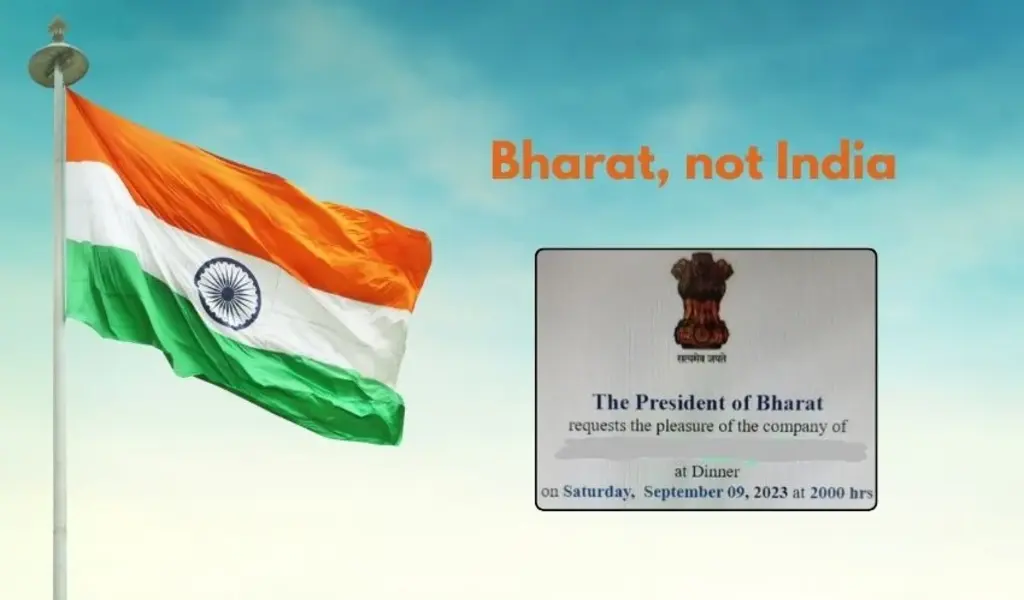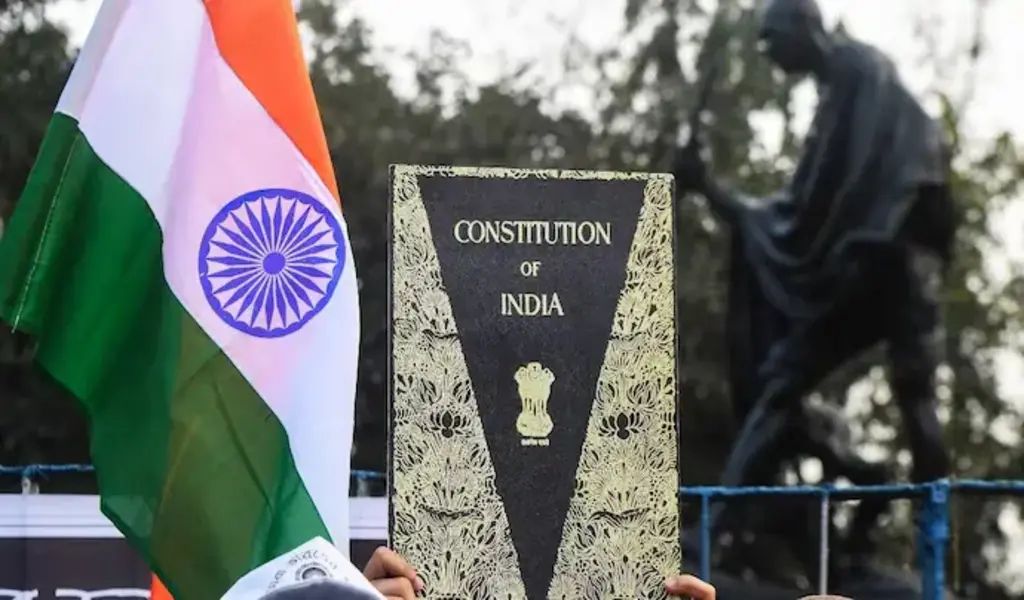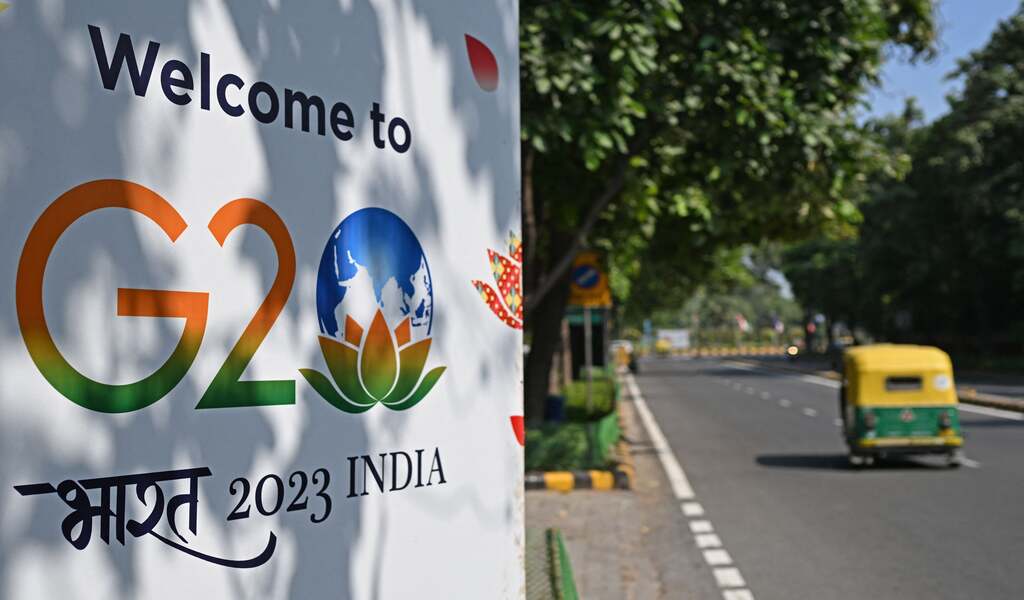News Asia
India vs. Bharat: Supreme Court Rulings And Constituent Assembly Debates | Explained

(CTN NEWS) – A recent controversy has emerged surrounding the potential renaming of India to ‘Bharat,’ with speculations suggesting that this change may occur during a special session of the parliament scheduled for this month.
The debate gained momentum when an official notice regarding Prime Minister Narendra Modi’s upcoming visit to Indonesia for the 20th ASEAN-India and the 18th East Asia summits referred to him as the ‘Prime Minister of Bharat.’
Subsequently, during the G20 Summit on Saturday, the country’s nameplate in front of Prime Minister Narendra Modi displayed ‘Bharat’ instead of ‘India.’
It’s worth noting that the debate over whether to use ‘Bharat’ or ‘India’ to refer to the country is not a recent development.
The constituent assembly responsible for framing India’s constitution engaged in extensive deliberations on this matter after gaining independence. Moreover, there have been several court rulings addressing this issue over the years.

Supreme Court’s Stance on Renaming India to Bharat: Notable Cases and Legal Perspectives
In May 2016, a Supreme Court bench led by the then Chief Justice of India (CJI) TS Thakur dismissed a public interest litigation (PIL) that aimed to change the country’s name from India to Bharat.
The bench strongly rebuked the petitioner for wasting the court’s time, expressing a clear disapproval of the plea.
While rejecting the PIL, the bench remarked, “Bharat or India? If you wish to call it Bharat, feel free to do so. If someone wants to refer to it as India, they may do so.”
A year prior, in 2015, a similar PIL was presented before the apex court, seeking to restrain the Center from using the name “India” for any governmental purposes and in official documents.
The PIL argued that during the Constituent Assembly discussions, various suggestions were made for naming the country, including “Bharat, Hindustan, Hind, and Bharatbhumi or Bharatvarsh.”
“The country has one primary name, historically significant, and that is ‘Bharat.’ The first Article of the Constitution of India explicitly states, ‘India, that is Bharat, shall be a Union of States,’ thereby codifying the name ‘Bharat’ for the Republic of India,” stated the petition.
Likewise, in June 2020, an individual from Delhi filed a plea with the Supreme Court, seeking an amendment to Article 1 of the Constitution to retain only ‘Bharat’ and remove ‘India’ from the country’s name.
The court rejected the petition but allowed the petitioner to submit a representation to the government, while also highlighting that “India is already referred to as Bharat in the Constitution itself.”
The petitioner argued that “Replacing the English name with Bharat, while symbolic, would instill a sense of pride in our nationality, especially for future generations.
In fact, substituting the word India with Bharat would honor the hard-fought freedom achieved by our ancestors.”
Apart from the 2016 case, where the court issued notices to the Center and State governments to seek their responses, there has been limited progress in this direction.

The Constituent Assembly’s Debate on India’s Name: Balancing ‘Bharat’ and ‘India
The constituent assembly engaged in a comprehensive discussion regarding the nomenclature for India during the drafting of the Indian Constitution.
One of the distinguished members of the constituent assembly, KV Kamath, proposed amendments to Article 1. He suggested two alternative formulations.
Firstly, he recommended using “Bharat or, in the English language, India, shall be a Union of States” instead of the original “India, that is Bharat.”
Alternatively, he proposed “Hind, or, in the English language, India, shall be a Union of States” as an alternative definition for the Indian state.
Explaining his rationale behind these amendments, Kamath referred to the Irish Constitution and argued that the phrase “India, that is, Bharat” was somewhat cumbersome and could be improved for constitutional and aesthetic reasons.
Another member of the constituent assembly, Seth Govind Das, advocated strongly for adopting the name “Bharat.” He pointed out that the term “India” did not find mention in ancient Indian texts and was introduced when the Greeks arrived in India.
According to him, “India” was derived from “Indus,” as seen in the naming of the Sindhu River by the Greeks.
In contrast, the name “Bharat” had historical and cultural significance, being referenced in the Vedas, Upanishads, Brahmanas, the Mahabharata, and even the Vishnu Purana and Brahma Purana.
In response to those who argued that using “Bharat” might not be forward-looking, Seth Govind Das referenced the Chinese traveler Hiuen-Tsang, who had referred to India as “Bharat” in his travel book.
He emphasized that embracing the name “Bharat” was not a step backward but rather an acknowledgment of India’s rich history and culture. He argued that such a name would befit the nation’s heritage and traditions.
On the other side of the debate, some members argued in favor of retaining the name “India,” citing reasons of continuity.
Dr. BR Ambedkar, a prominent member of the constituent assembly, asserted that India had been known as India throughout its history and internationally recognized as such.
Therefore, he believed that “India” should be retained as the official name.
Ultimately, after extensive deliberations and discussions, the constituent assembly accommodated both viewpoints. Article 1 of the Indian Constitution defined the country as “India, that is Bharat,” recognizing the historical and cultural significance of both names.
RELATED CTN NEWS:
U.S. Citizens Gather To Commemorate 22nd Anniversary Of 9/11 Across The Nation
[VIDEO]: Morocco’s Earthquake Aftermath: Death Toll Rises As Rescue Efforts Continue
Fall Vaccination Update: New COVID-19 And RSV Vaccines Set To Tackle Triple Threat



























